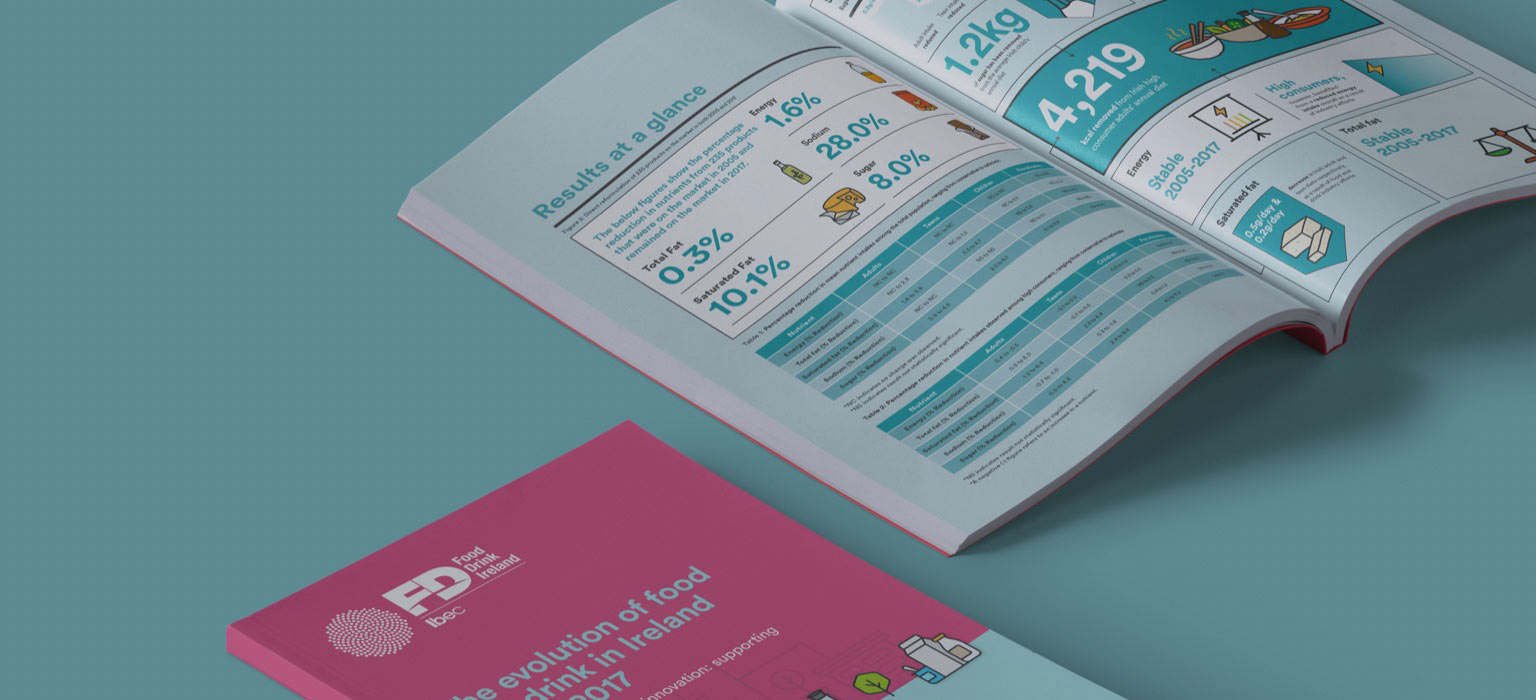Condensation as a Route for Organisms to Spread
Microbes such as bacteria thrive in warm, moist environments, yet liquids created as a result of condensation in otherwise dry environments are frequently missed from a food safety perspective. Condensation is a commonly overlooked area for promoting the spread of these microbes.
Why is this so?
Condensation is a complex process that can occur at times and locations that are not obvious or expected. The rate of condensation is a direct result of what’s happening inside a manufacturing facility (air humidity, air temperature and surface temperature) and what’s happening outside the facility – for example, changing weather conditions.
Conditions in a production facility are non-static. They can vary with every process step, leading to surface temperature changes over time. For example, a pipe carrying a hot liquid which is flushed with cold water during cleaning can cause a significant change in surface temperature, leading to the occurrence of condensation.
Weather, or more specifically barometric pressure, can affect the occurrence of condensation. In bad weather, the barometric pressure can be low. During fine weather, the barometric pressure can be high. As a result, even with a controlled set of conditions inside a factory, with no other changes in humidity or temperature, condensation can occur simply due to a change in outdoor air pressure.
We all know that bacteria love warm, wet locations. These “residential microflora” are normally non-pathogenic and harmless. However, the repeated use of sanitisers and antimicrobials as part of essential cleaning protocols can actually cause the bacteria within that microflora to mutate and develop resistance.
As the microflora evolves and changes in response to hygiene practises, they can transition from previously non-pathogenic populations of microbes into ones that contain and support the growth of pathogens (Moretro et al 2017). Condensation is one route by which these organisms can spread throughout the food processing plant and threaten food safety.
How are Condensation and Bacteria Connected?
Condensation occurs when warm moist air hits a cool surface – we see it when we breathe out in cold winter air. Normally this is not a problem, however when moisture created by condensation accumulates, it can result in bacterial proliferation, mould spore growth, and ultimately an increased risk of microbes spreading to people, or to other surfaces. For example, condensate is known to cause the proliferation and spread of Legionella pneumophila causingLegionnaires disease in clinical settings (Muder et al 1986).
There are a number of ways that condensation can find its way into food production environments.
A common way is as a result of activity from refrigeration units. The reason why food safety issues noticeably increase with warm and humid conditions because refrigeration units are working harder to maintain desired temperatures. A common scenario, and one that has been linked with previous food safety recalls, is for refrigeration fan units to start dripping, causing water to accumulate which can go unnoticed. This in turn creates a serious microbial safety threat in the food production environment.
In a clean environment, condensate has little or no nutrients to support bacterial growth. However, condensate can form under conditions that concentrate microbial metabolites, which in turn favours the growth of biofilm and spore- forming organisms. These biofilm and spore-forming organisms are notoriously difficult to get rid of.
Spores are resistant to antimicrobials, harsh chemicals and sanitisers, and biofilms also act to protect the bacteria that produce them – and also provide a safe place where other microorganisms can hide. If condensate occurs in a hard to reach and clean space within a factory, then the biofilm and spore forming organisms that live there will protect and enable a constant reservoir of pathogens to thrive and disperse within the food processing facility. This represents an ongoing threat in the food production environment. For example, L. monocytogenes does not always produce an extensive biofilm but is reported to grow or survive in multispecies biofilms (Jeong et al 1994 (a,b), Sasahara et al 1993). Under high humidity Pseudomonas putida produces biofilms. (Auerbach et al 2000). Studies have shown that L. monocytogenes and P. putida thrive well in single or multispecies biofilm on a surface covered with condensate with high and low nutrients (Hassan et al 2004) and can contaminate the food surface following condensate droplet disposal.
Condensation from Unlikely Environments
Condensation can also occur on surfaces that do not directly encounter food substances. The sanitisation protocols for these surfaces are different from those used for food contact surfaces. As condensate can migrate, it can simply drip onto the food contact surface and indirectly contaminate food with the microbes from the surface where the condensate originally formed. Worse still, it can be very difficult to know if there is an issue unless there is an obvious drip that can be spotted on the food contact surface. This is one reason why the identification of condensation on surfaces in high care environments is an essential part of any HACCP (Hazard and Critical Controls Plan) strategy.
A second consideration is the kind of food that is being processed. The airborne movement of aerosolised bacteria is a known mode of disease and pathogen transmission. For example, meat production facilities harbour diverse microbes symbiotically associated with the animal species used to make the meat products. Most are harmless to the animal, however when people are exposed to them they can cause food poisoning. They include pathogenic strains of Listeria, Salmonella and Escherichia coli, Clostridium, Campylobacter spp.
Studies also suggest that microbial flora of the air inside meat packaging can influence shelf life and even meat palatability (Edmonds, 1979 and Griffiths et al 1994). These microbial aerosols, or dispersed airborne microbes, can be trapped by condensation when it is forming, and the condensate liquid can then further contribute to their spread.
For example, when condensation droplets carrying dispersed airborne microbes splash onto a food surface (Brashears et al 2012). In a worst-case scenario, pathogenic Listeria monocytogenes could be transferred from raw meat to ready-to-eat products through condensation droplets.
Resolving Condensation Food Safety Threats
Condensation and microbial activity are difficult to detect or predict, but they must be considered when forming your HACCP strategy.
Food safety depends on eradicating the pathogens which thrive in condensate, or are protected by biofilm formers in the condensate microbiome.
To fully understand the likelihood of occurrence of condensation in your environment, you need:
- Sensing technologies
- Data aggregation
- Predictive models
The Solution
We at Creme Global recognise that the identification of pathogens present in the condensate is highly complex. We work with the world’s largest food manufacturers to identify and manage areas where condensate collects and how pathogens can accumulate and spread. We use proprietary detection techniques, IIOT, historical data, next generation sequencing technologies and predictive modelling to identify and prevent pathogen spread. Simply visualising the condensate and microbial data on an interactive dashboard can be a fantastic first step to keep food and consumers safe.
References:
- https://www.mayoclinic.org/diseases-conditions/legionnaires-disease/symptoms-causes/syc-20351747
- Brashears, M.M., Garmyn, A.J., Brooks, J.C., Harris, D., Loneragan, G., Echeverry, A., Jackson, T.E., Mehaffey, J.M. and Miller, M.F., 2012. Microbial quality of condensation in fresh and ready-to-eat processing facilities. Meat Science, 90(3), pp.728-732.
- Lindsay, D. and Flint, S., 2009. Biofilm formation by spore-forming bacteria in food processing environments. In Biofilms in the food and beverage industries (pp. 270-299). Woodhead Publishing.
- Griffiths, W.D. and DeCosemo, G.A.L., 1994. The assessment of bioaerosols: a critical review. Journal of Aerosol Science, 25(8), pp.1425-1458.
- Møretrø, T. and Langsrud, S., 2017. Residential bacteria on surfaces in the food industry and their implications for food safety and quality. Comprehensive reviews in food science and food safety, 16(5), pp.1022-1041.
- Edmonds, R., 1979. Aerobiology: the ecological system approach (p. 386). Pennsylvania, USA: Dowden, Hutchinson and Ross.
- Jeong, D.K. and Frank, J.F., 1994(a). Growth of Listeria monocytogenes at 10 C in biofilms with microorganisms isolated from meat and dairy processing environments. Journal of Food Protection, 57(7), pp.576-586.
- Jeong, D.K. and Frank, J.F., 1994(b). Growth of Listeria monocytogenes at 21 C in biofilms with micro-organisms isolated from meat and dairy processing environments. LWT-Food Science and Technology, 27(5), pp.415-424.
- Sasahara, K.C. and Zottola, E.A., 1993. Biofilm formation by Listeria monocytogenes utilizes a primary colonizing microorganism in flowing systems. Journal of food protection, 56(12), pp.1022-1028.
- Auerbach, I.D., Sorensen, C., Hansma, H.G. and Holden, P.A., 2000. Physical morphology and surface properties of unsaturated Pseudomonas putida biofilms. Journal of bacteriology, 182(13), pp.3809-3815.
- Hassan, A.N., Birt, D.M. and Frank, J.F., 2004. Behavior of Listeria monocytogenes in a Pseudomonas putida biofilm on a condensate-forming surface. Journal of food protection, 67(2), pp.322-327.
- https://www.refrigeratedfrozenfood.com/articles/92492-condensation-silent-enemy-of-food-safety
- https://www.foodsafetynews.com/2014/06/condensation-the-liquid-enemy/
- Muder, R., Yu, V.L. and Woo, A., 1986. Mode of transmission of Legionella pneumophila: a critical review. Arch Intern Med, 146, pp.1607-12.


